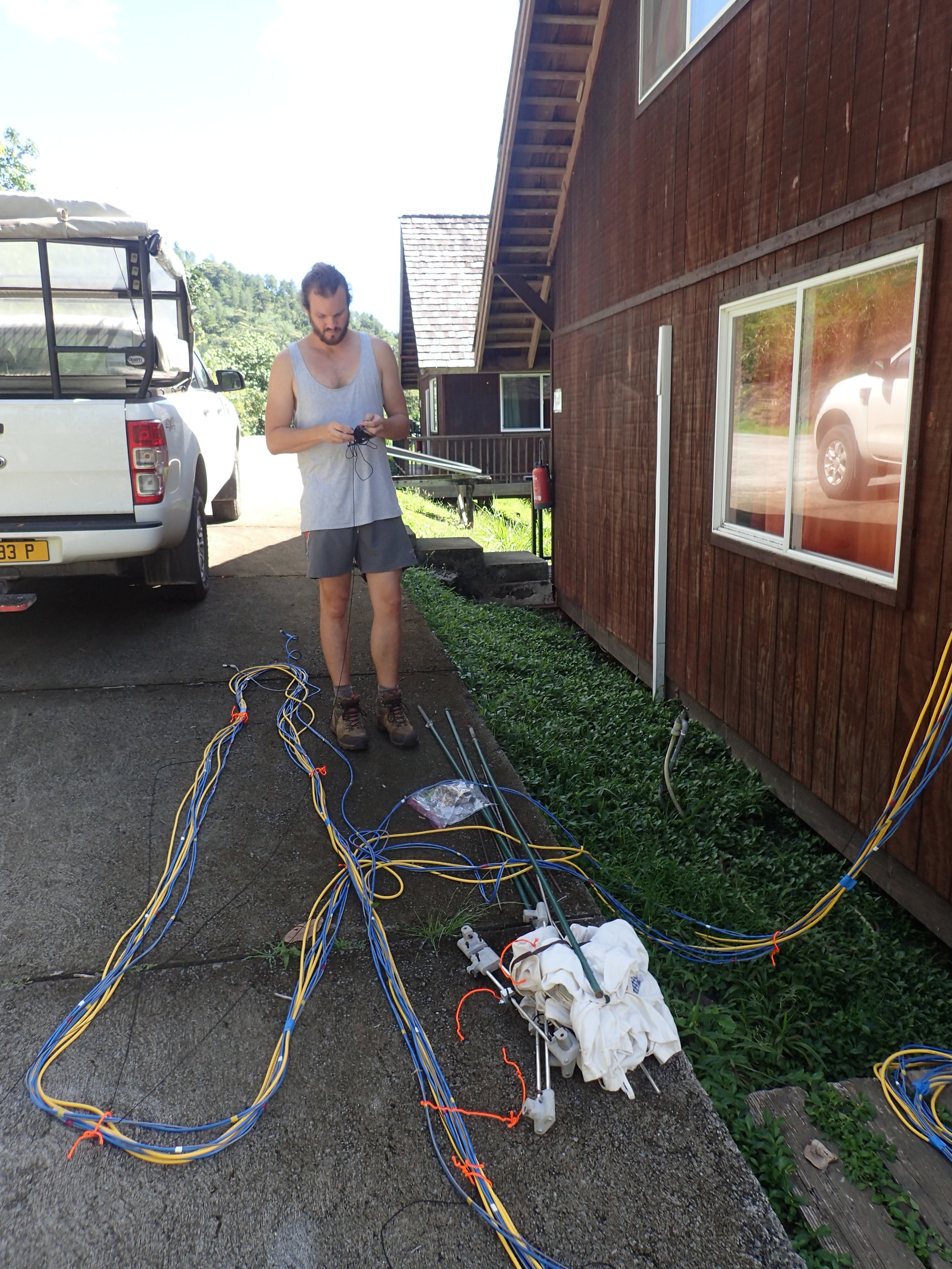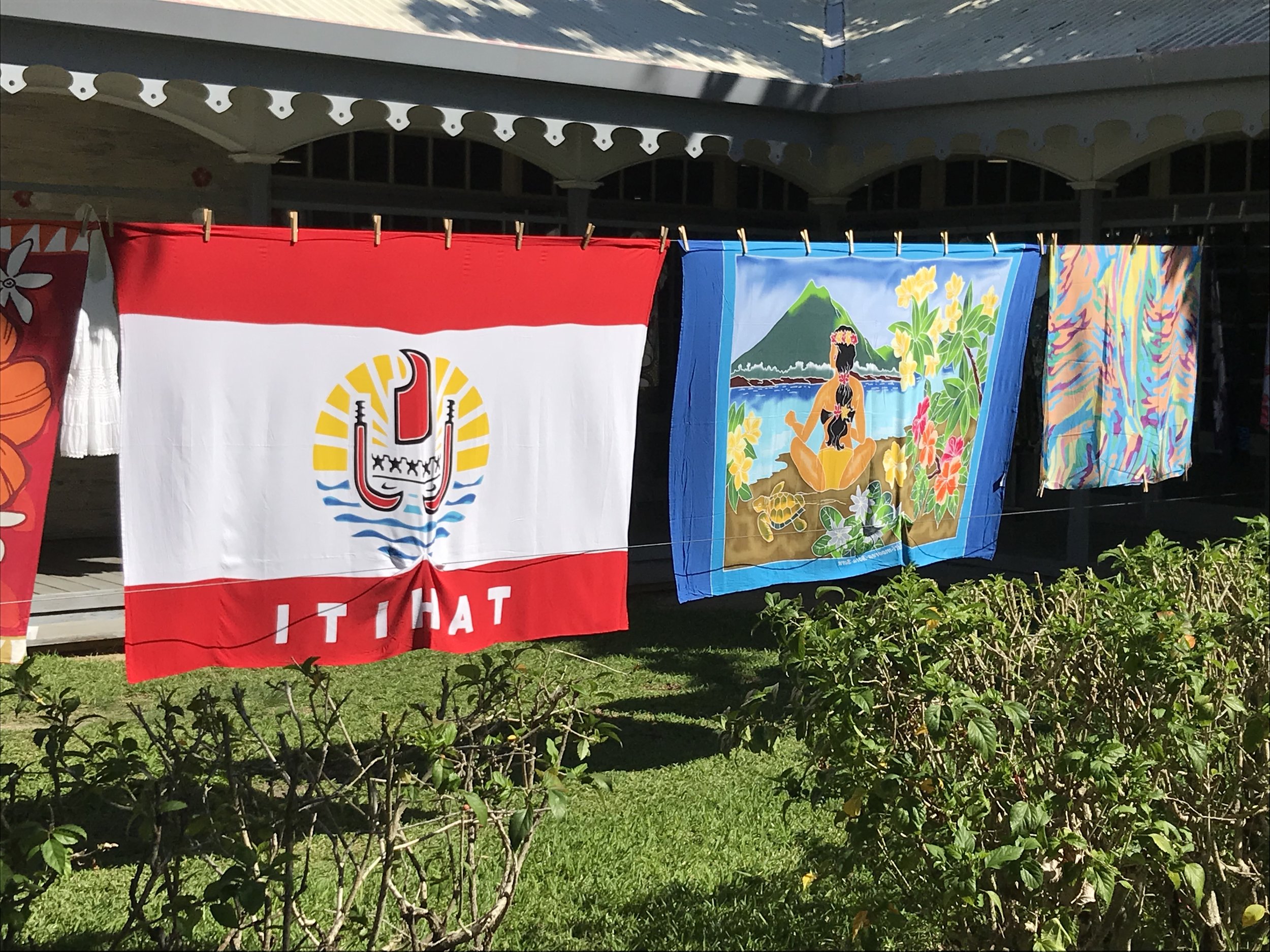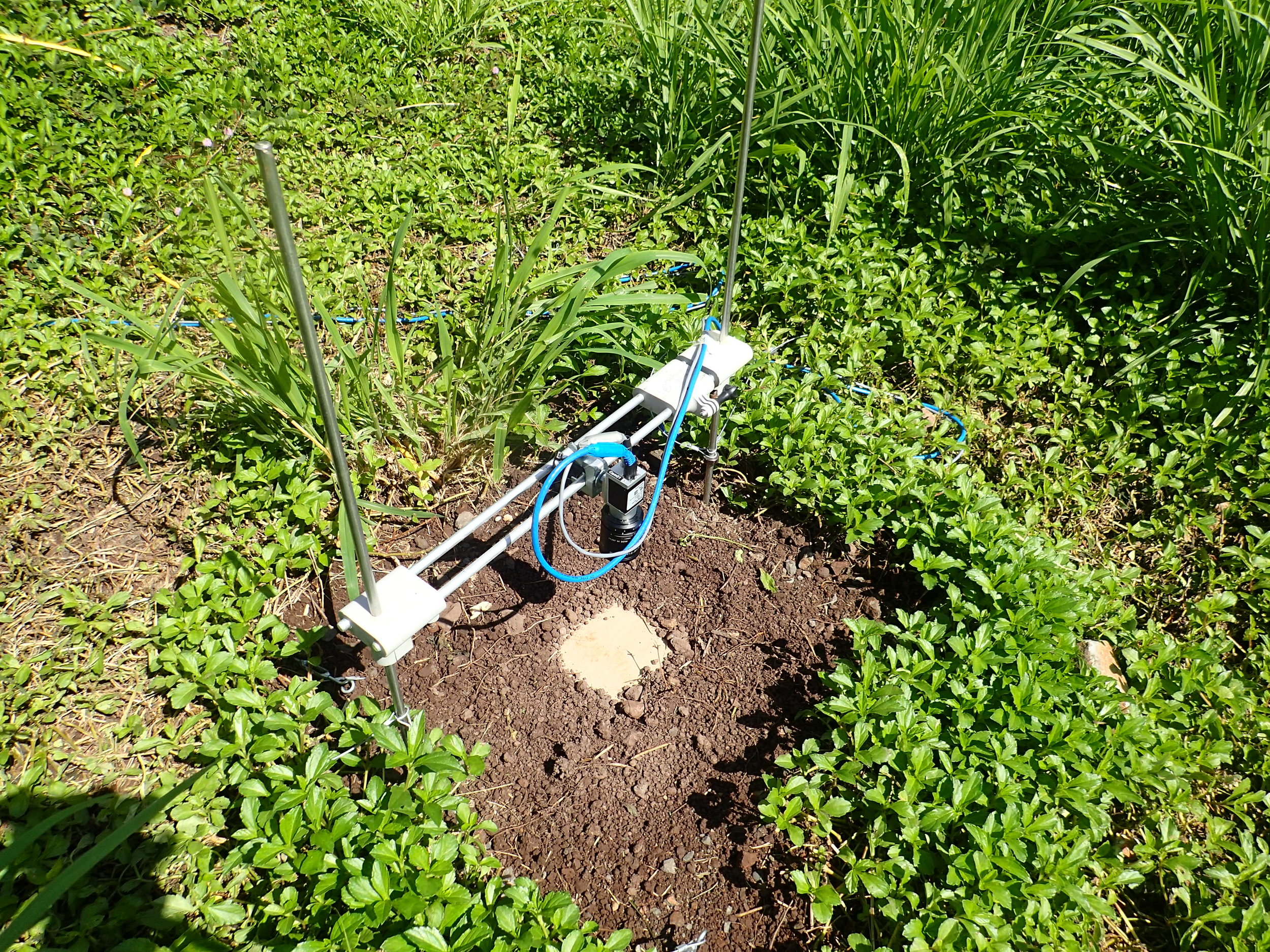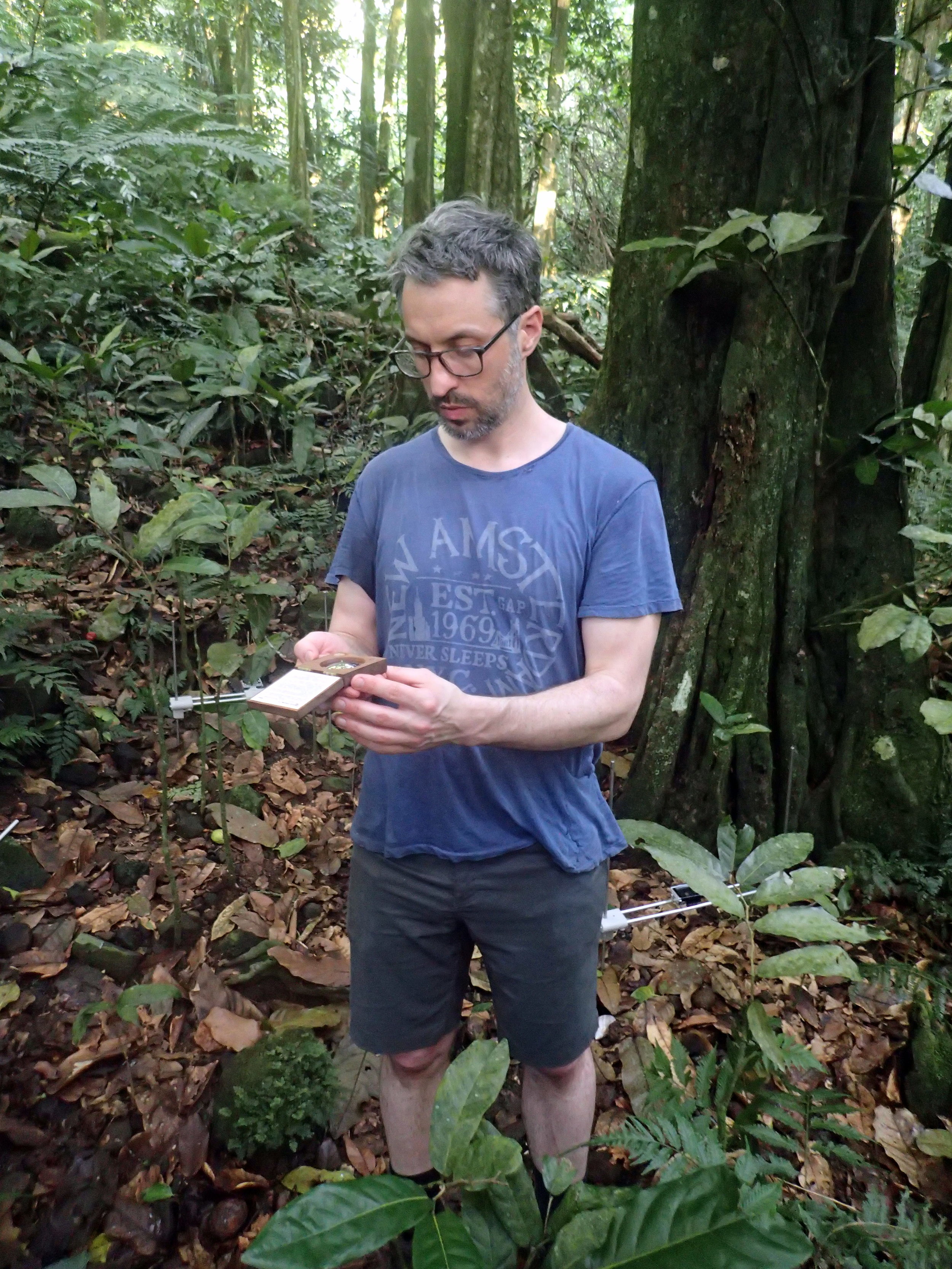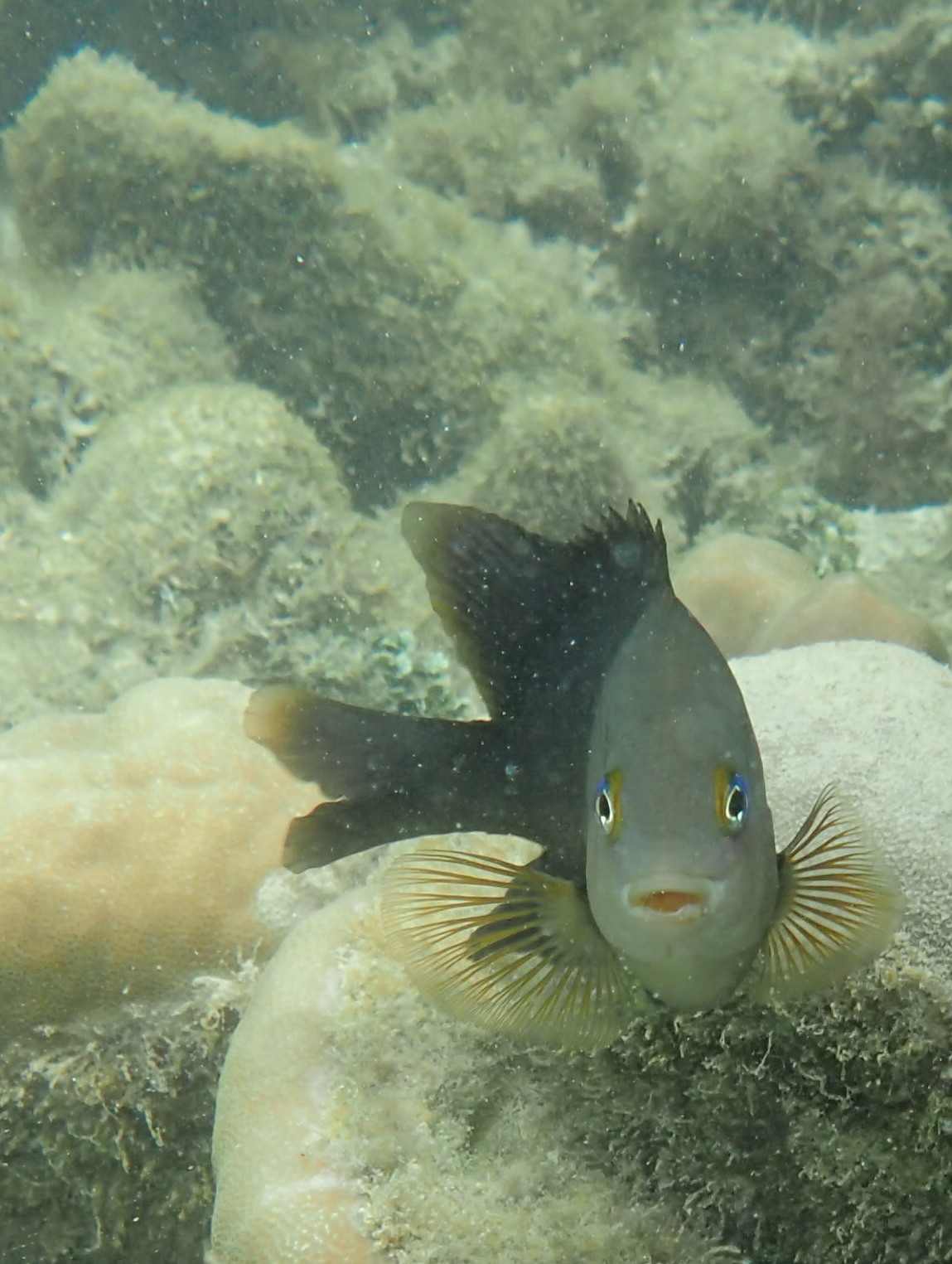Check out our new paper on “The complex drivers of thermal acclimation and breadth in ectotherms”. In it we combine simulation modeling with analysis of published data on thermal acclimation and breadth (range of temperatures over which organisms perform well) to develop a framework for predicting thermal plasticity across taxa, latitudes, body sizes, traits, habitats and methodological factors. You can find a pdf of this paper on our PUBLICATIONS page.
Super fun and productive visit to NGRREC by Dr Claire Gwinnett, an Associate Professor at Staffordshire University in the UK. Claire works within forensic science, particularly the analysis of trace evidence such as plastic fibres. Claire gave some very useful advise to our interns about methods for processing microplastics, and a fantastic seminar. Look forward to working with Claire and her group going forward!
Our current NGRREC intern Nick Wells is undertaking his second (yes second!) experiment during his NGRREC summer internship. Nicks experiment is exploring if microplastics move from the environment (sediment) to deposit feeders (chironomid larvae) to predators (dragonfly larvae).
Nick Wells (current NGRREC intern) ran a short experiment to see how well he could retrieve a known amount of plastics from sediment and insect samples. Thankfully - it turns out quite a bit! Bodes well for Nicks next experiment on microplastics in river food chains…
Britt and Tony just back from a fun and productive week with Dr John Delong at the University of Nebraska’s Cedar Point Biological Station in north-eastern Nebraska. We are working with John and his lab on the behavioral underpinnings of interference competition in wolf spiders. This was our second trip to Cedar Point, which we plan to be an annual adventure. Looking forward to seeing what the tracking results show!
Spent the morning on the Mississippi River sampling for microplastics, both in the main water column and sediment.
Great visit by Kasey Folwer-Finn and her lab from SLU to talk science and possible fronts for collaboration, and to hear a great talk by her postdoc Daniel Sasson.
Just back from a great few days with Dr Andrew Berdahl (collective behavior) and Dr. Jeff Kerby (drone scientist extraordinaire) at The Nature Conservancy's Dunn Ranch Prarie in North-Western Missouri. Dunn Ranch is home to about 200 bison that roam around a restored section of the Central Tallgrass Prairie Ecoregion. We are using emerging drone technology and the unique ecosystem of Dunn Ranch to explore the collective movement of bison across the ranch, and its dependence on spatio-temporal patterns in vegetation and management practices.
Check out a new collaborative review paper on “Collective animal navigation and migratory culture: from theoretical models to empirical evidence”, which stemmed from a workshop at the Santa Fe Institue on “Collective animal motion in the wild”, organized by Andrew Berdahl and Colin Torney. This paper is part of a species issue on ‘Collective movement ecology’ compiled and edited by Andrew M. Berdahl, Dora Biro, Peter A.H. Westley and Colin J. Torney. You can find a pdf of this paper on our PUBLICATIONS page.
Goodbye Dr Carl Cloyed, who is leaving the lab for a new postdoc position at the Dauphin Island Sea Lab.
Just finished a fun few days with John Delong visiting the lab and talking science. John gave a great talk about the eco-evolutionary dynamics and evolution of body size, and we touched base about our ongoing collaboration on the behavioral underpinnings of interference competition in wolf spiders and its role in maintaining species diversity. Always great to see Jono!
Fun and productive meeting at the BiodiverseCity Regional Vision Mapping Session today, with the goal of "aggregating existing data on biodiversity across the bi-state region, building science-driven consensus on what constitutes an inventory and state of biodiversity in our region, and collectively envisioning priorities and opportunities for biodiversity conservation or restoration". Thanks to the BiodiverseCitySTL team, the OneSTL Sustainability Plan team, and colleagues from the East-West Gateway Council of Governments for organsing.
A cold day on the Mississippi River today with Miles Corcoran and Jen Vance - we were checking out potential sample sites for our microplastic project that will begin summer this year. Stay tuned!
Great to talk with science with Ty Tuff (Wash U of St Louis) today. Ty does awesome work at the interface of physics and ecology/evolution, and gave an enthralling seminar about relative motion as an ecological mechanism.
Great to chat with Tom Anderson (U of Kansas) today, and listen to his seminar about how species interactions are influenced by the context in which they occur, such as variation in local biotic and abiotic factors, and about how divergent outcomes can occur depending on the initial conditions.










































































